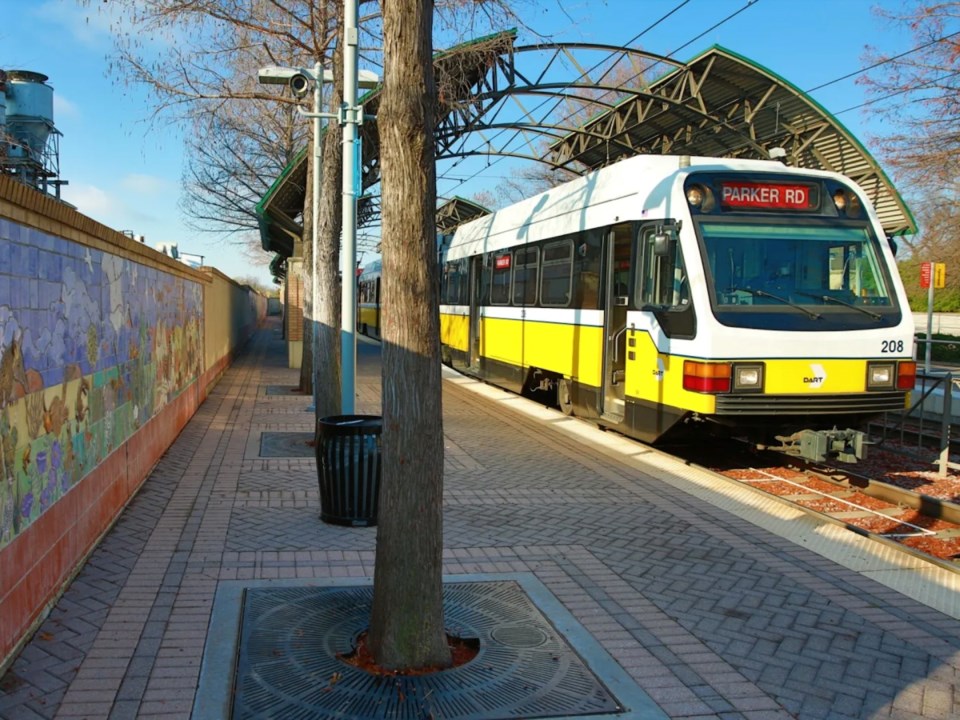Officials across Collin County are working to figure out what the future of transportation here should look like, and especially how big a role Dallas Area Rapid Transit (DART) — which already serves Plano and Richardson — should play in that evolution. Problem is, not everyone is on board with DART in the county, nor have they ever been.
When DART was formed in 1983, Collin County’s entire population was less than 200,000, according to the Census Bureau. But the county has since become one of the fastest-growing parts of the country. Just one of its cities, Plano, has a larger population today than the entire county did 40 years ago, and Collin County’s overall population topped 1 million in the 2020 census.
That growth boosted the county economically as new businesses came in, but it also strained the transportation network, which remains heavily car-dependent. Driving between population centers like McKinney and Richardson may have routinely taken as little as 20 minutes a decade or two ago, but now it can take 45-plus minutes during
peak travel times.
Across the board, officials told Local Profile that something has to be done to help folks get to, from and around Collin County more efficiently.
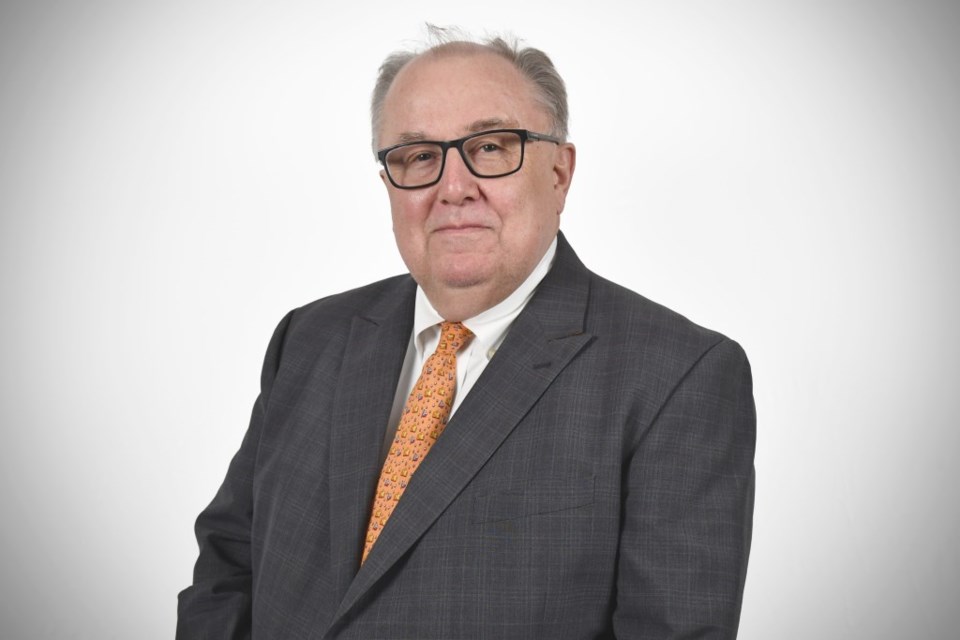
“If you want to be a world-class city, you have to be in the rail business.”
Michael Morris, director of transportation for NCTOG
During the energy crisis of the 1970s, business leaders in the Dallas-Fort Worth area worried about the availability of fuel and pushed to make the transportation system more sustainable and redundant, according to Michael Morris, director of transportation at the North Central Texas Council of Governments (NCTCOG).
“The private sector pushed to have dedicated transportation that was electrically propelled in order to ensure the gross domestic product of the Dallas region,” he says. “If you want to be a world-class city, you have to be in the rail business.”
So, DART came together with member communities voting to enroll by referendum and pledging a penny-per-dollar sales tax to help keep it funded. DART grew to have the largest light-rail system in the country and an extensive bus network, but that tax has become one of the main barriers to expanding the system.
Not all Collin County communities need the level of service that one cent’s worth of tax revenue would allow for, Morris says.
In Frisco, for example, which is not currently served by DART, there is less demand for transit than there is in Richardson, which does have DART service.
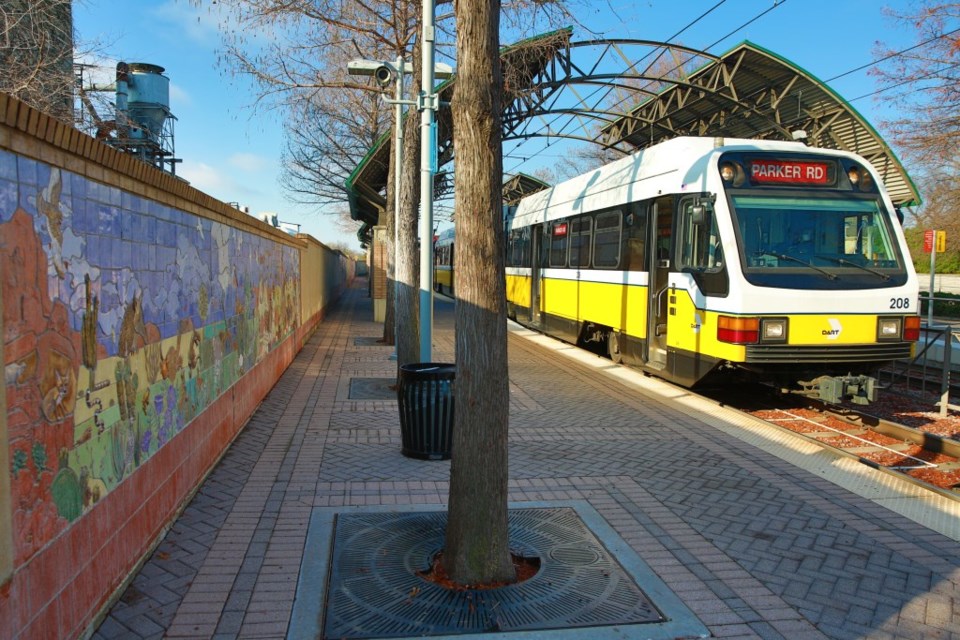
“The fact that any area or region is talking about traffic issues is a good thing because that means there’s a lot of growth to the area, a lot of people coming in and growth to the economy,” says Tony Felker, president and CEO of the Frisco Chamber of Commerce. But Felker does not feel DART expansion makes sense for his city based on the current sales tax model because making the required contributions could affect other economic development funding in Frisco.
“When would we see the benefit of that public transportation?” Felker asks. “You have some communities that have been paying in for 30, 40 years and they’re just seeing the benefits right now. Most public leaders think there’s a better solution than joining DART.”
Even officials in communities that DART currently serves agree that the one-cent model isn’t right for everyone.
John Muns, Plano’s mayor, said the current funding model allows users from northern Collin County to benefit from DART service without regularly paying their fair share, and he said he has encouraged DART to consider allowing new cities to join under a model based on how much their residents would use the service.
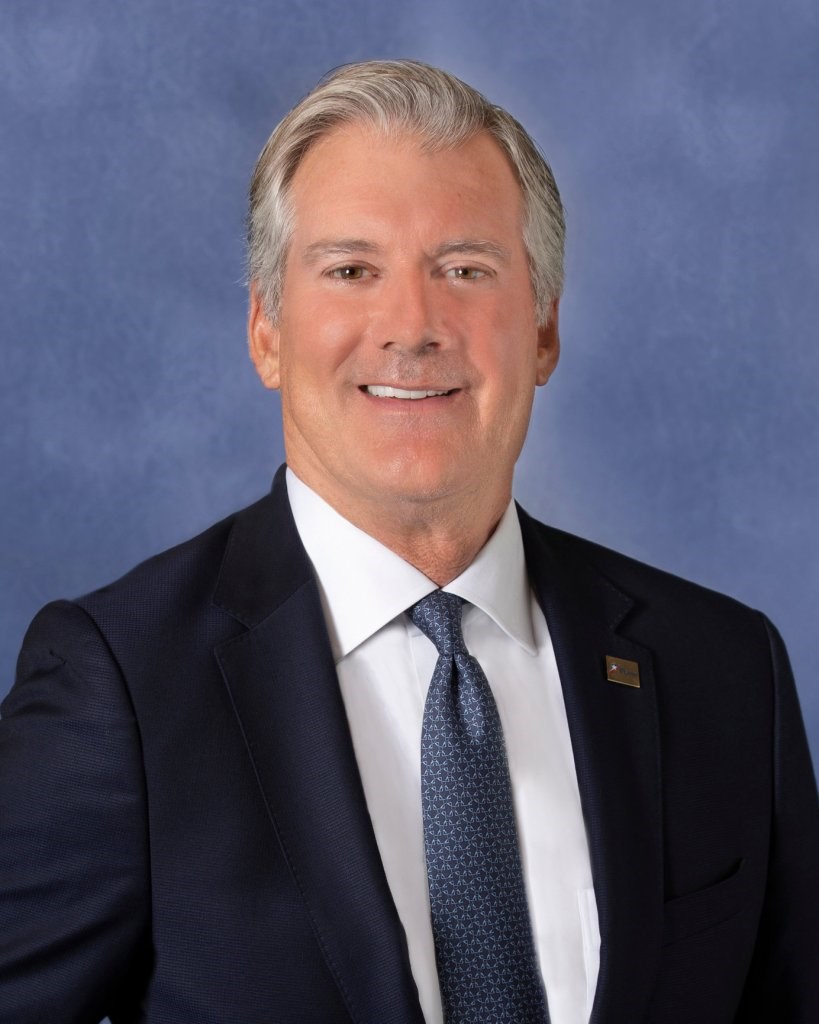
“We cannot build highways and build our way out of congestion: We’re going to continue to have to come up with alternatives.”
John Muns, mayor of Plano
“We obviously know that people from the northern part of Collin County who
work in downtown Dallas, they use the service,” Muns says. “That’s good. There’s nothing wrong with that. The only thing that Plano would like to see is more of a level playing field on membership or a hybrid of that, that shows their participation. For us to be the member provider, and no one else, it doesn’t make a lot of sense.”
Muns adds that DART service helped Plano grow into the population and commercial center it has become and that ridership continues to expand.
“We cannot build highways and build our way out of congestion: We’re going to continue to have to come up with alternatives,” he says.
In Plano, DART is piloting an expanded version of its GoLink service, an on-demand last-mile rideshare program that operates like (and in some cases, is operated by) Uber Pool. GoLink allows riders to travel locally free with an active DART fare pass, and the trial program in Plano provides more flexibility to travel between GoLink service areas that were previously self-contained. Because one of GoLink’s main missions is to get people connected with existing DART service, Muns says it has helped make the whole system more attractive to Plano residents.
“Once DART came out with GoLink, ridership really soared,” he says. “We feel very good that these changes have helped immensely in making DART more relevant to the City of Plano.”

In Allen, Wylie and the Town of Fairview, senior citizens and residents with disabilities qualify for taxi vouchers under DART’s Collin County Rides program.
“A few years ago, Allen had a three-year grant and actually offered a bus service for that period of time. At the end of the three years, it was discontinued due to a lack of ridership,” the city’s Chamber of Commerce said in a statement. According to Sharon Mayer, CEO of the Allen Chamber of Commerce, the current on-demand service meets the needs of the community at a reasonable cost. That said, Allen is open to considering other options.
Morris, from the NCTCOG, agrees that a layered approach helps facilitate transit introduction in new communities and that on-demand service is often a great first step.
“The first level we recommend is microtransit, like a Via. It’s a technology-based, on-demand service,” he says, referring to a carpool rideshare app that operates in cities in more than 20 countries. Once that sort of network is in place and people start relying on transit for more trips, Morris says it’s easier and more palatable to make the system more robust.
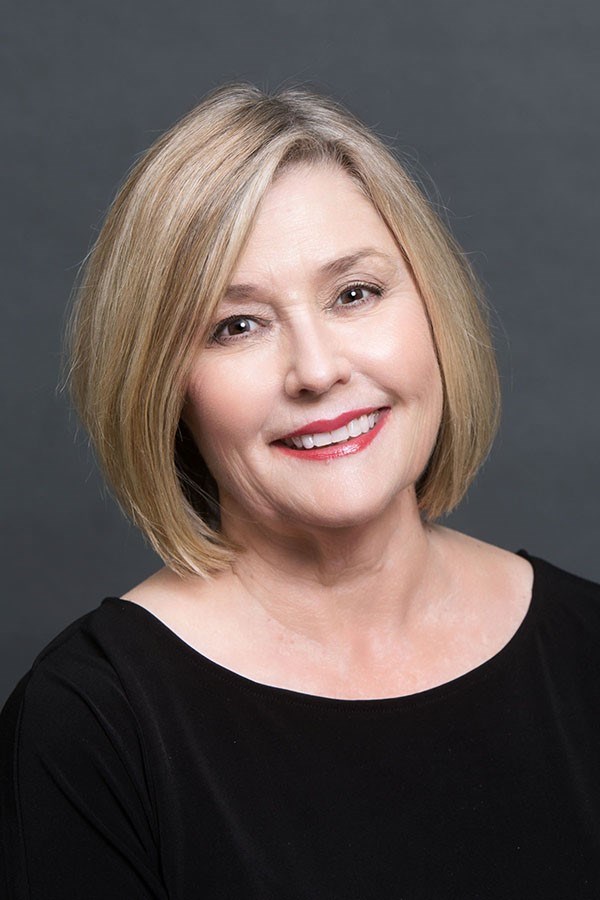
"The current on-demand service meets the needs of the community at a reasonable cost. That said, Allen is open to considering other options"
Sharon Mayer, CEO of the Allen Chamber of Commerce
Future technologies like self-driving people movers may also help make mass transit feasible in some of Collin County’s more sprawling communities, many officials say.
As the population of Collin County grows, residents’ and business leaders’ mobility expectations are shifting. Young workers increasingly say they want to live close to their jobs and don’t necessarily want to own or rely on a car, which is leading to the rise of mixed-use developments like Hall Park in Frisco and CityLine in Richardson.
“I want to create an environment where, instead of moving to far north Collin County, you’ll consider living near a train station,” says Richardson Mayor Paul Voelker. “If I truly believe in a walkable, bikeable environment, I have to put the infrastructure in place that makes that real.”
Developers in Richardson started building higher-density neighborhoods around planned stations long before DART’s light rail reached the city. That trend is repeating itself as work
on the Silver Line nears completion. The new rail corridor, set to come into service in 2024, will link Plano and Richardson with Dallas/Fort Worth International Airport. As the region’s transportation system continues to grow, including a planned high-speed
rail line between Dallas and Houston, Voelker says Collin County could come to represent a new ideal in mixed-use development.
“We could be the model for intermodal transportation even more than the Northeast,” he says, giving more people the option of a car-free daily routine if they so choose.
Plano’s mayor Muns agrees.
“Nobody wants to take anybody’s car away, but if they want to utilize them, we want to make sure there are alternatives for anyone.”
This story was published in the May/June edition of Local Profile, see the full issue.

